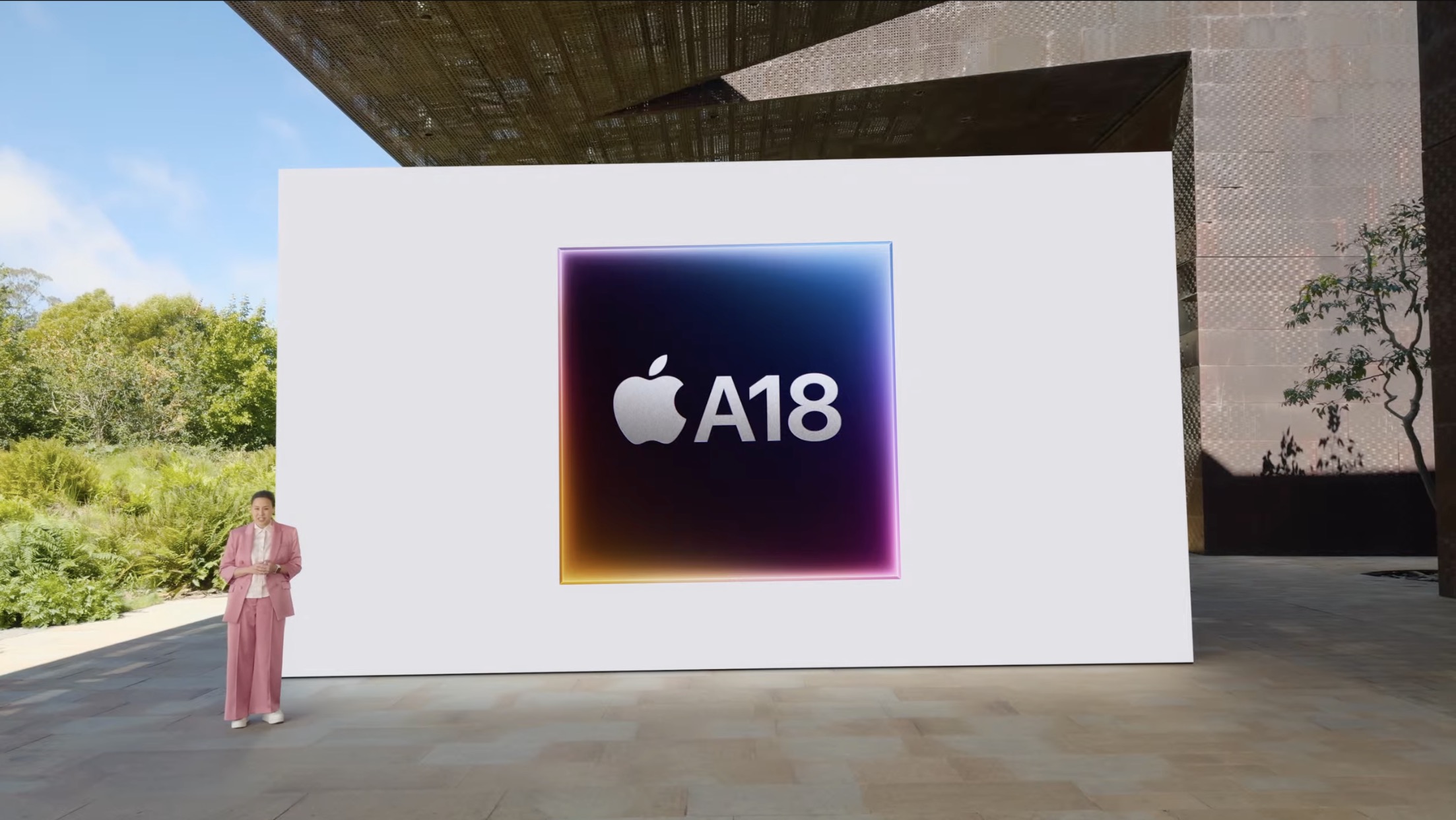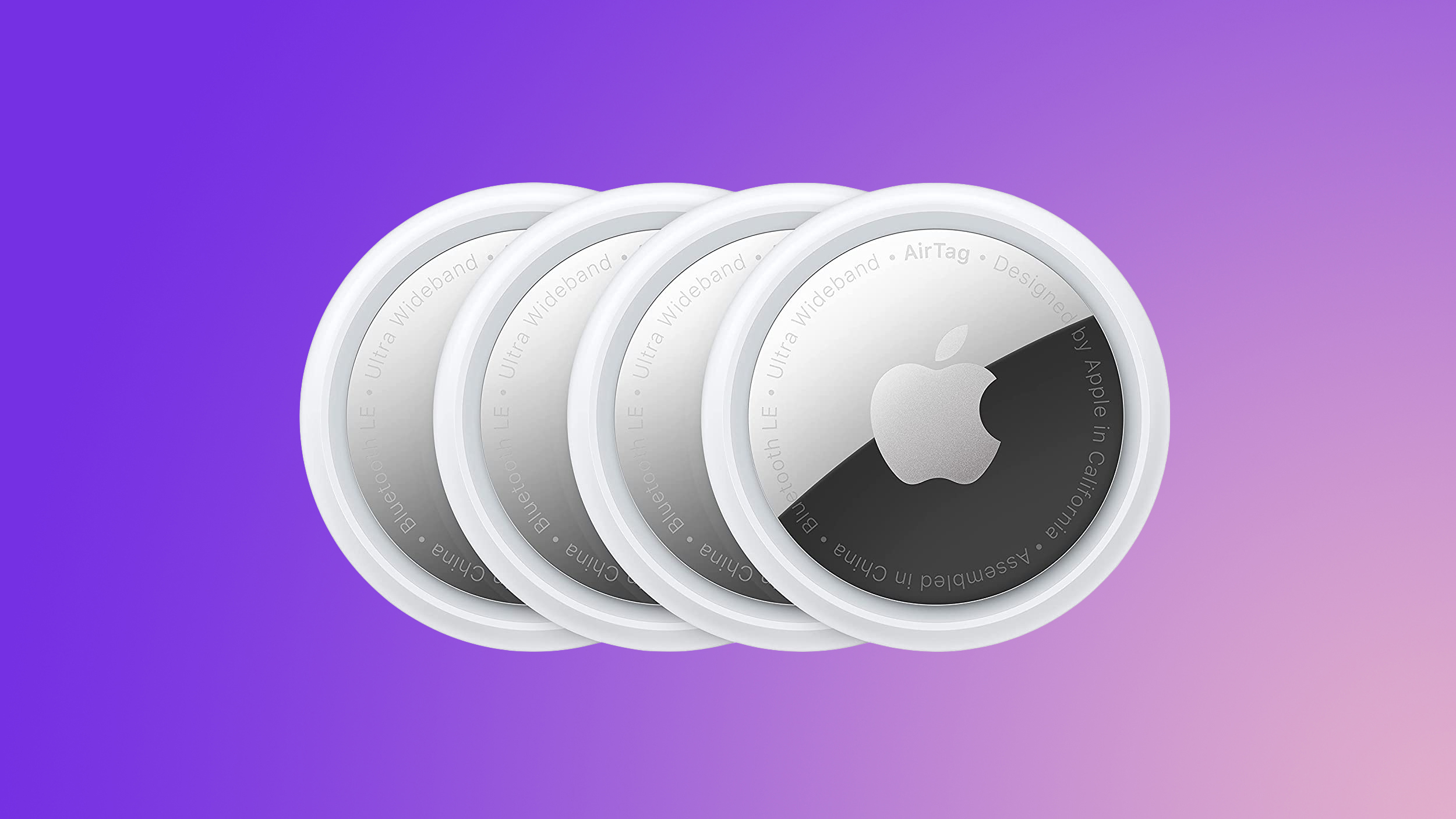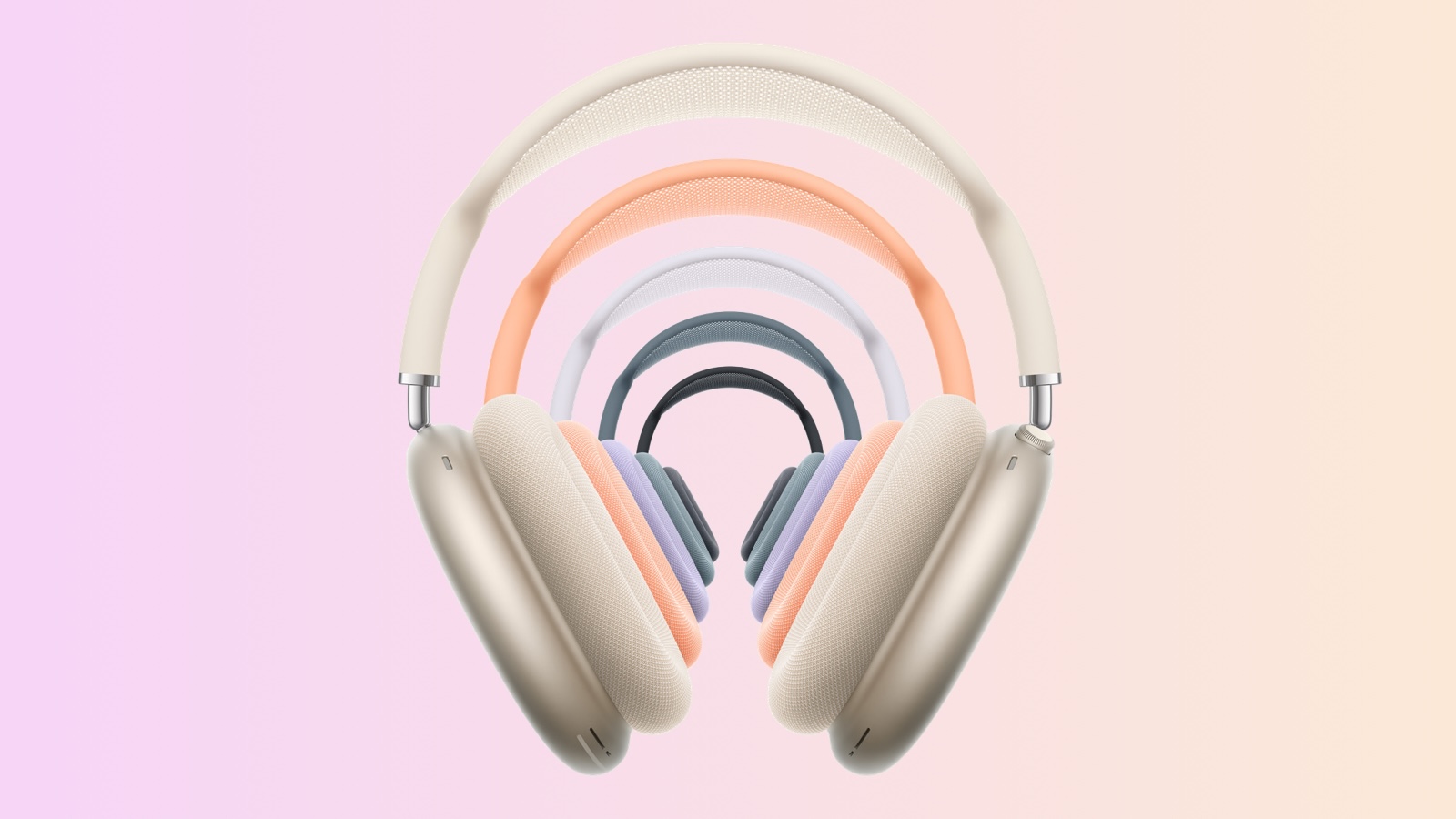
For the last few years, Apple has introduced a new chip only in its iPhone Pro models. But that changed yesterday, when the entire iPhone 16 lineup received the brand new A18 line of chips. The iPhone 16 gets an A18 and the iPhone 16 Pro an A18 Pro. But what’s the difference really? Here’s the one thing the iPhone 16 is missing.
A18 vs. A18 Pro: Why two chips?
Apple’s A18 chip line is enabled by a second-generation 3-nanometer fabrication. This is similar to the process seen with the M4 chip in the most recent iPad Pro.
Reportedly, the manufacturing process for the previous A17 Pro and M3 chips was fraught with issues. This is why the M4 debuted as fast as it did after the M3, and part of the reason why Apple isn’t putting last year’s A17 Pro inside the entry model iPhone 16.
But why are there two separate iPhone chips still? What’s the difference between the A18 Pro and A18?
It’s smaller than you think.

Here’s an overview of the two chips:
A18 Pro chip specs (via Apple)
- New 6‑core CPU with 2 performance and 4 efficiency cores
- New 6‑core GPU
- New 16‑core Neural Engine
A18 chip specs (via Apple)
- New 6‑core CPU with 2 performance and 4 efficiency cores
- New 5‑core GPU
- New 16‑core Neural Engine
Did you catch the difference?
The A18 chip has one fewer GPU core. It only has five, as opposed to the six included with the A18 Pro.
If you buy an iPhone 16, are you going to miss that one GPU core? Almost certainly not.
Chip binning likely strikes again
Most likely, Apple didn’t actually set out to create two different chips for the iPhone 16 and 16 Pro.
Instead, the company probably is doing chip binning. As has previously been explained by our own Ben Lovejoy:
No chip fabrication process is perfect, and as the process gets smaller, the challenges of producing a perfect chip increase. When you’re operating at nanometer levels of precision, even the cleanest of clean rooms will still contain some microscopic elements of contamination. So what companies often do is aim for a particular spec, then separate out those chips which fall short, and sell those as a lower-spec version. The chips are, in the parlance, placed in a different sorting bin.
In other words, though Apple doesn’t say one way or another, it’s very possible that all iPhone 16 models have the same chip. But when sorting out the top quality chips from the B-tier chips produced with flaws (like a less-reliable GPU core), only the 16 Pro line gets the best version.
There are certainly good reasons to choose an iPhone 16 Pro over an iPhone 16.
But the A18 Pro chip, for the vast majority of people, shouldn’t be one of them.
Do you care about the difference between the A18 and A18 Pro? Let us know in the comments.
FTC: We use income earning auto affiliate links. More.

 2 months ago
25
2 months ago
25








 English (US) ·
English (US) ·